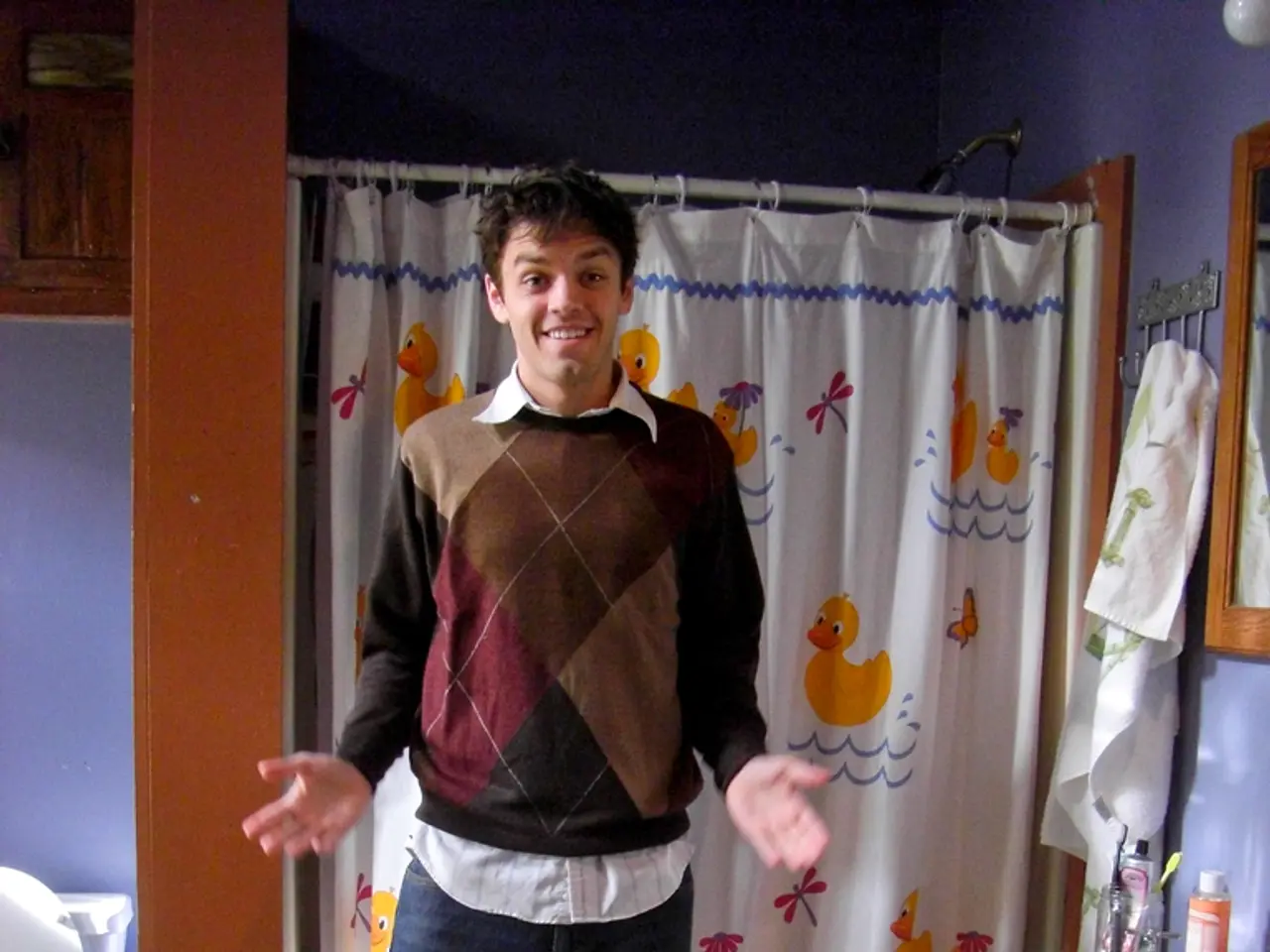Expanding Anxiety Over Microorganisms: Could It Escalate Beyond Control?
In our daily lives, we often encounter fears and anxieties about germs and dirt, but for some individuals, this fear can become overwhelming and interfere with their daily activities. This condition, known as **Mysophobia**, is an intense and irrational fear of dirt or germs that can significantly impact social, occupational, and other important aspects of life.
Symptoms of Mysophobia can include a persistent and overwhelming fear or anxiety about dirt, germs, or contamination, excessive hand washing or cleaning to avoid perceived contamination, avoidance behaviors such as steering clear of places or objects considered dirty or germ-laden, and physical responses like panic attacks, rapid heart rate, sweating, or muscle tension when exposed to triggers.
Fortunately, there are treatment options available for those struggling with Mysophobia. Cognitive Behavioral Therapy (CBT) can help patients change irrational beliefs and emotional responses related to germs and dirt. Exposure Therapy involves gradual, controlled exposure to feared objects or situations to reduce sensitivity. In severe cases, anti-anxiety medications may be prescribed by doctors. Ongoing therapy may also involve strategies for learning and unlearning fear responses to reduce avoidance and improve quality of life.
It's essential for individuals experiencing significant distress from Mysophobia to consult licensed mental health professionals for tailored treatment plans. Remember, a healthy person is unlikely to be harmed by mold in a coffee filter or toaster, and for a norovirus to infect a person, it must get from a contaminated surface into the person's mouth and be swallowed.
Several predisposing factors can cause contamination fear, including genetic and biological factors, socialization factors, and life phases. Children from families where parents are anxious and avoid fears may grow up to be anxious themselves. Life phases can exacerbate fears, particularly in times of loss such as a breakup, the death of a friend, or job loss.
In times of good psychological state, a person may react differently to potentially threatening situations compared to when in a state of loss. Comparing the perceived danger to actual dangers can help reduce contamination fear. For example, bathrooms can be more dangerous due to wet floors, but people do not worry about it because they feel they can control the situation.
Washing hands after using the toilet breaks many potential infection possibilities. Deliberately provoking perceived danger and refraining from using strategies that create a false sense of security can lead to a more rational assessment of threats. In most cases, there is no serious risk for healthy people from touching everyday items like elevator buttons, door handles, or using moldy coffee machines.
If one's daily routine is adjusted to avoid potential contamination, alarm bells should ring, as it may be difficult to break the cycle. Feeling disgusted by dirty or potentially contaminated items is a natural behavior, but consistently avoiding social gatherings or eating out due to perceived unhygienic conditions may indicate Mysophobia.
Contamination fear can be highly treatable and effectively managed, according to André Wannemuller. If a person allows themselves to initially tolerate the intolerable feeling, it will become less over time, leading to a more rational assessment of the threat and learning to tolerate uncertainties. It's important to remember that seeking help from a mental health professional can make a significant difference in managing and overcoming Mysophobia.
- Mental health professionals can offer treatment options for individuals suffering from Mysophobia.
- Cognitive Behavioral Therapy (CBT) is a method that helps patients change irrational beliefs about germs and dirt.
- Exposure Therapy involves gradual exposure to feared objects to reduce sensitivity related to Mysophobia.
- Anti-anxiety medications may be prescribed by doctors for severe cases of Mysophobia.
- Ongoing therapy is essential for improving the quality of life of individuals with Mysophobia.
- It's important to remember that a healthy person is unlikely to be harmed by mold in a coffee filter or toaster.
- Mold in a coffee machine or door handles is not a serious risk for healthy people.
- In most cases, there is no significant danger for healthy individuals from touching everyday items.
- Avoiding social gatherings or eating out due to perceived unhygienic conditions may indicate Mysophobia.
- Straying from one's daily routine to avoid potential contamination may be a sign of Mysophobia.
- Learning to tolerate uncomfortable feelings can help manage and overcome Mysophobia.
- In times of good psychological health, a person may react differently to potentially threatening situations.
- Comparing perceived dangers to actual dangers can help reduce contamination fear.
- Children from anxious families may grow up to be anxious themselves.
- Life phases, particularly times of loss, can exacerbate fears related to contamination.
- Washing hands after using the toilet breaks many potential infection possibilities.
- Deliberately provoking perceived danger and refraining from using strategies that create a false sense of security can lead to a more rational assessment of threats.
- Healthy people are unlikely to be infected by a norovirus from a contaminated surface.
- Several predisposing factors can cause contamination fear, including genetic, biological, and socialization factors.
- Mysophobia can significantly impact social, occupational, and other important aspects of life.
- Symptoms of Mysophobia can include excessive hand washing, avoidance behaviors, and physical responses like panic attacks.
- A healthy person is unlikely to be harmed by everyday items like elevator buttons or door handles.
- There is no serious risk for healthy people from using moldy coffee machines or other everyday items.
- Seeking help from a mental health professional can make a significant difference in managing and overcoming Mysophobia.
- Recognizing and addressing contamination fear early can help prevent it from becoming a debilitating condition.
- Mysophobia treatment may include learning strategies for unlearning fear responses.
- Understanding the difference between perceived and actual dangers can help reduce contamination fear.
- Contamination fear is a highly treatable condition.
- Mysophobia can interfere with caring for pets and maintaining a healthy lifestyle, including fitness, health-and-wellness, and nutrition.





